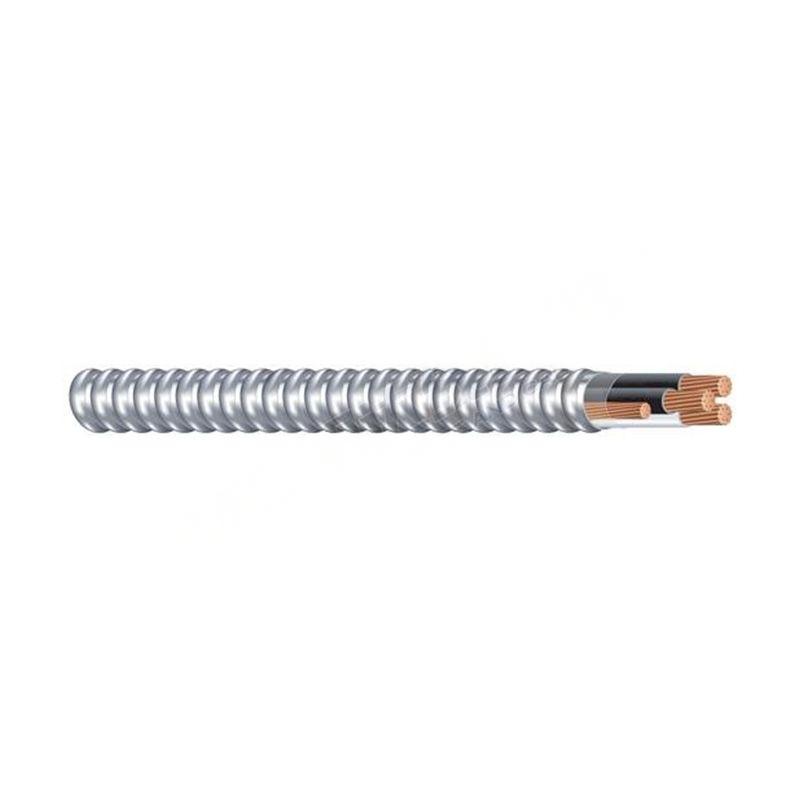دېكابىر . 04, 2024 10:30 Back to list
Understanding the Functionality and Applications of Foot Check Valves in Fluid Systems
Understanding Foot Check Valves Function, Importance, and Applications
Foot check valves are essential components in various fluid management systems, particularly in applications involving water supply, irrigation, and drainage systems. These simple yet effective devices play a crucial role in maintaining the efficiency and reliability of fluid movement, ensuring that water or other liquids flow in a designated direction and preventing backflow. In this article, we will delve into the functionality, significance, and applications of foot check valves.
What is a Foot Check Valve?
A foot check valve, also known as a foot valve, is designed to be installed at the bottom of a suction pipe in a pump system. Its primary function is to allow liquid to enter the pump while preventing it from flowing back into the source when the pump is turned off. This one-way flow mechanism is achieved through a simple yet effective design, often consisting of a valve body and a movable disc or ball that opens and closes based on the pressure differential created by the fluid flow.
Functionality of Foot Check Valves
The operation of foot check valves is straightforward. When the pump activates, a pressure difference is created; the pressure in the suction line becomes lower than that in the water source, causing the valve to open. This allows the liquid to flow into the pump efficiently. Once the pump is stopped or if there is a negative pressure, the disc or ball within the valve closes, thereby sealing the entrance and preventing reverse flow. This action not only protects the pump from potential damage caused by backflow but also ensures that the system is primed and ready for operation whenever needed.
Importance of Foot Check Valves
Foot check valves are indispensable in various scenarios. Their ability to maintain a primed pump system reduces the risk of air entering the suction line, which can lead to cavitation and decreased pump efficiency. Furthermore, by preventing backflow, they help to maintain the integrity of water quality in applications where contaminant intrusion could pose risks. This feature is particularly crucial in irrigation systems, where backflow could bring contaminants from the ground back into the water supply.
In addition to preserving the efficiency and longevity of pumping systems, foot check valves also contribute to energy savings
. Since these valves prevent the need to repressurize the system every time the pump starts, they reduce the energy consumption associated with pump operation.foot check valve

Applications of Foot Check Valves
Foot check valves find applications in various sectors. Here are some notable examples
1. Agriculture In irrigation systems, farmers utilize foot check valves to ensure a steady water supply to crops. By preventing backflow, these valves help maintain pressure and keep the irrigation system operational, especially during drought conditions.
2. Water Supply Systems Municipal water supply systems rely on foot check valves to protect against contamination and ensure reliable delivery of water to households and industries.
3. Sewage and Wastewater Management In sewage pumping stations and wastewater treatment facilities, foot check valves are used to prevent backflow, which could lead to contamination and overflow.
4. Fire Protection Systems In fire suppression and sprinkler systems, foot check valves ensure that water flows correctly to the system, providing a reliable supply during emergencies.
5. Beverage and Food Industries In industries where the quality of water is paramount, foot check valves are critical in maintaining a hygienic environment by preventing potential backflow of contaminants.
Conclusion
Foot check valves serve a vital role in various fluid management applications, ensuring efficient, safe, and reliable operation of pumps and piping systems. Their ability to prevent backflow and maintain pump priming not only protects equipment and preserves water quality but also contributes to energy efficiency. Whether in agricultural, municipal, or industrial settings, these simple yet effective devices are essential for managing fluid dynamic systems efficiently. As technology advances and industry demands evolve, the importance of foot check valves will undoubtedly continue to grow, further cementing their place in engineering and design.
Share
-
Reliable Wafer Type Butterfly Valves for Every IndustryNewsJul.25,2025
-
Reliable Flow Control Begins with the Right Ball Check ValveNewsJul.25,2025
-
Precision Flow Control Starts with Quality ValvesNewsJul.25,2025
-
Industrial Flow Control ReliabilityNewsJul.25,2025
-
Engineered for Efficiency Gate Valves That Power Industrial PerformanceNewsJul.25,2025
-
Empowering Infrastructure Through Quality ManufacturingNewsJul.25,2025